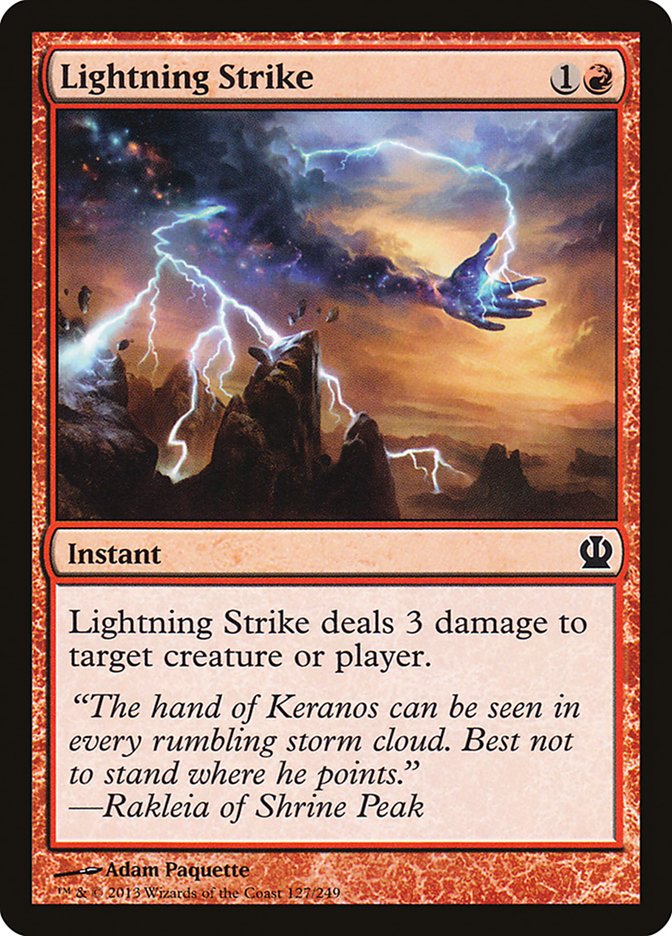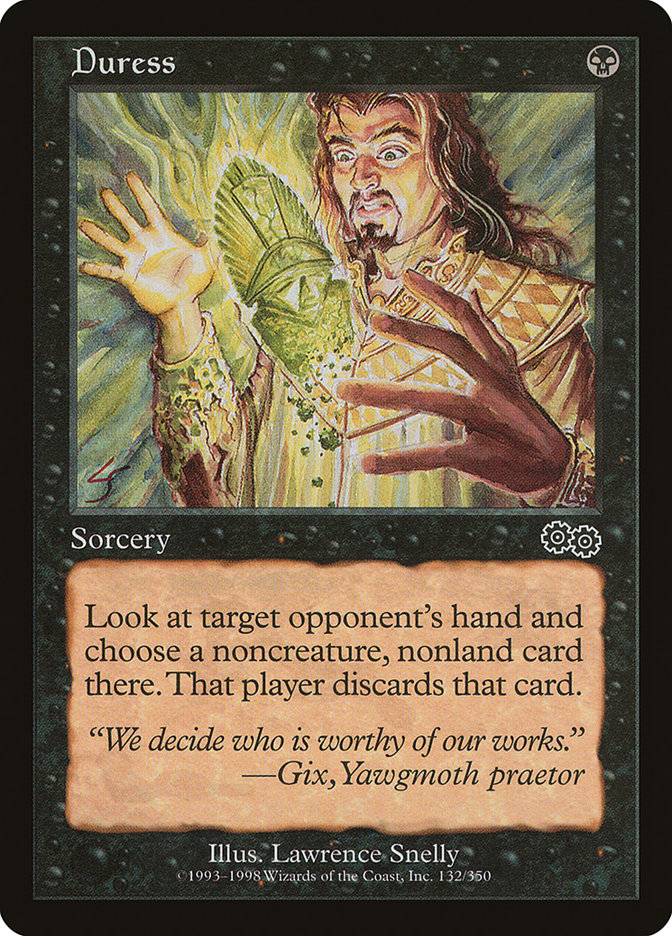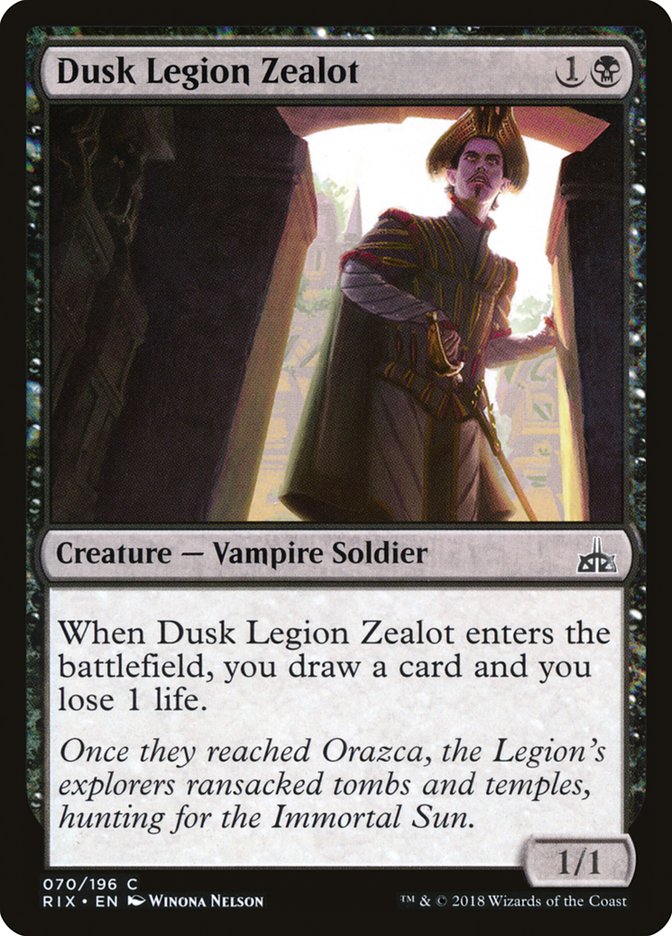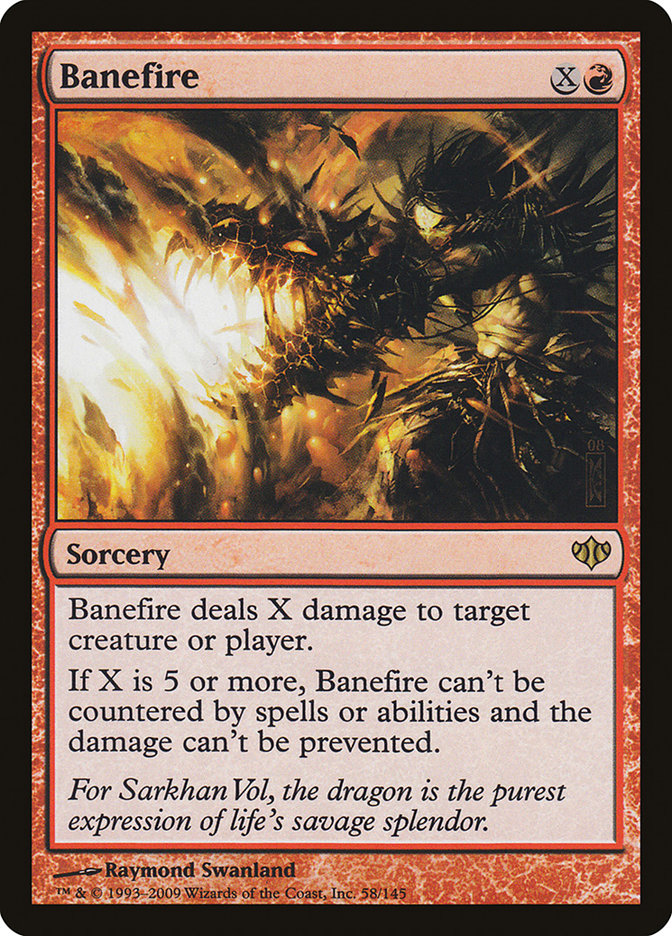Tom van de Logt Decklist (2001) MTG Card
| Type | Card |
| Released | 2001-08-08 |
| Set symbol | |
| Set name | World Championship Decks 2001 |
| Set code | WC01 |
| Number | tvdl0b |
| Frame | 1997 |
| Layout | Token |
| Border | Gold |
| Illustred by |
Deck Analysis: A Look into Tom van de Logt’s Winning Strategy
Delving into the powerful deck crafted by Tom van de Logt for his victory at the World Championships in 2001 offers a deep insight into how top-tier MTG play unfolds. His list utilized potent disruption and efficient threats, marking it as a sophisticated build that was ahead of its time. While comparing his deck to contemporary lists may not apply given the evolution of the game since then, the underlying strategies still resonate with players aiming for competitive excellence.
Cards like Tom van de Logt Decklist (2001)
Taking a closer look at Tom van de Logt’s decklist from the 2001 World Championships, it’s interesting to note how some of the cards have analogues in recent MTG sets. His use of creature removal, such as Urza’s Rage, could be compared to current staples like Lightning Strike which also deals 3 damage, albeit at a lower cost and without the kicker option. Duress, a key disruption piece employed by van de Logt, has seen numerous new iterations over the years, but none replace the efficient simplicity of stripping a noncreature spell from an opponent’s hand in the early game.
Another highlight was Phyrexian Rager, a creature that provided card advantage at the cost of life, an idea echoed in modern cards like Dusk Legion Zealot. While the effect is similar, van de Logt’s choice offered a slightly more resilient body on the battlefield. Finally, Ghitu Fire, offering players an early direct damage option or a late-game finisher, finds contemporary kinship with cards like Banefire that also provide uncounterable damage potential when enough mana is invested.
In examining Tom van de Logt’s 2001 deck, one can see the timeless value of certain strategies in MTG, as well as the innovative roots of many currently favored card mechanics and decisions. The deck is a classic benchmark for strategic layering and adaptation in the game.
Card Pros
Card Advantage: The 2001 championship-winning deck crafted by Tom van de Logt is renowned for its ability to efficiently cycle through the deck and provide players with a sustained flow of cards. This attribute is critical in outmaneuvering opponents by consistently drawing into the required answers or threats.
Resource Acceleration: Van de Logt’s influential decklist features several key cards that excel at propelling a player’s mana resources ahead of the curve. This rapid acceleration allows for earlier execution of high-impact plays, overwhelming opponents by advancing your game state faster than they can respond.
Instant Speed: Reactivity stands as a pivotal aspect of this decklist, incorporating cards capable of operating at instant speed. This quality ensures that players can adapt to an evolving board state and capitalize on the opponent’s actions, often turning the tables at pivotal moments during the match.
Card Cons
Discard Requirement: When utilizing the strategies from Tom van de Logt’s 2001 decklist, players might face the drawback of a discard requirement. This means that in order to play specific powerful cards, you’ll need to discard others, which can deplete your hand and leave you at a strategic disadvantage especially if your deck isn’t built to capitalize on graveyard mechanics or you’re already short on options.
Specific Mana Cost: Cards from this celebrated decklist often come with restrictive mana costs, demanding a careful balance of land types in your deck to optimize playability. This can pigeonhole your deck into a specific archetype or color combination, reducing flexibility and potentially causing issues when you’re unable to draw the right mana sources at crucial moments in the game.
Comparatively High Mana Cost: Many of the cards that were key in van de Logt’s repertoire boast powerful effects that can swing the game in your favor. However, they come at a steep mana cost, which might be inefficient when pitted against decks that capitalize on speed or lower-cost spells. That means while you’re building up to your big plays, your opponent may already be executing their win condition, putting you behind in the race to victory.
Reasons to Include in Your Collection
Versatility: The cards used by Tom van de Logt in his 2001 championship deck offer a variety of functions to enhance any magic deck, catering to diverse strategies from control to aggression. Their ability to adapt to different playstyles makes them valuable for players who like to adjust their tactics.
Combo Potential: Recognized for their synergy, these cards enable a multitude of powerful combinations that can turn the tide of a game. Players seeking to harness the combo potential of Van de Logt’s selections can unlock new dimensions in their gameplay.
Meta-Relevance: Although the meta-game evolves, many of the components in Tom van de Logt’s decklist remain surprisingly relevant in various formats. Their enduring presence in competitive play showcases their consistent performance and strategic importance.
How to beat
Tom van de Logt’s deck from the 2001 World Championship is a striking example of the power of well-structured MTG decks. This specific decklist features efficient creature control and a potent mix of counterspells and removal cards. To triumph against it, one must focus on resilience and strategize around its control mechanics. A well-timed hand disruption can go a long way, dismantling the deck’s synergies before they become active.
Adapting one’s own playstyle to be less reliant on spells vulnerable to counterspells, and more on instant-speed interactions, could level the playing field. A deck with strong late-game threats might overpower the control elements if you navigate around the early-to-mid-game attrition strategy. Moreover, incorporating cards that can’t be easily targeted by traditional removal or that benefit from being sent to the graveyard could also give you an upper edge during gameplay.
Ultimately, mastering the timing and understanding when to commit to the board, and when to hold back against such a strategic deck will be crucial. It’s a dance of patience and precision, keeping an eye out for the perfect window to seize victory.
Where to buy
If you're looking to purchase Tom van de Logt Decklist (2001) MTG card by a specific set like World Championship Decks 2001, there are several reliable options to consider. One of the primary sources is your local game store, where you can often find booster packs, individual cards, and preconstructed decks from current and some past sets. They often offer the added benefit of a community where you can trade with other players.
For a broader inventory, particularly of older sets, online marketplaces like TCGPlayer, Card Kingdom and Card Market offer extensive selections and allow you to search for cards from specific sets. Larger e-commerce platforms like eBay and Amazon also have listings from various sellers, which can be a good place to look for sealed product and rare finds.
Additionally, Magic’s official site often has a store locator and retailer lists for finding Wizards of the Coast licensed products. Remember to check for authenticity and the condition of the cards when purchasing, especially from individual sellers on larger marketplaces.
Below is a list of some store websites where you can buy the Tom van de Logt Decklist (2001) and other MTG cards:
 BUY NOW
BUY NOW BurnMana is an official partner of TCGPlayer
- eBay
- Card Kingdom
- Card Market
- Star City Games
- CoolStuffInc
- MTG Mint Card
- Hareruya
- Troll and Toad
- ABU Games
- Card Hoarder Magic Online
- MTGO Traders Magic Online
See MTG Products




